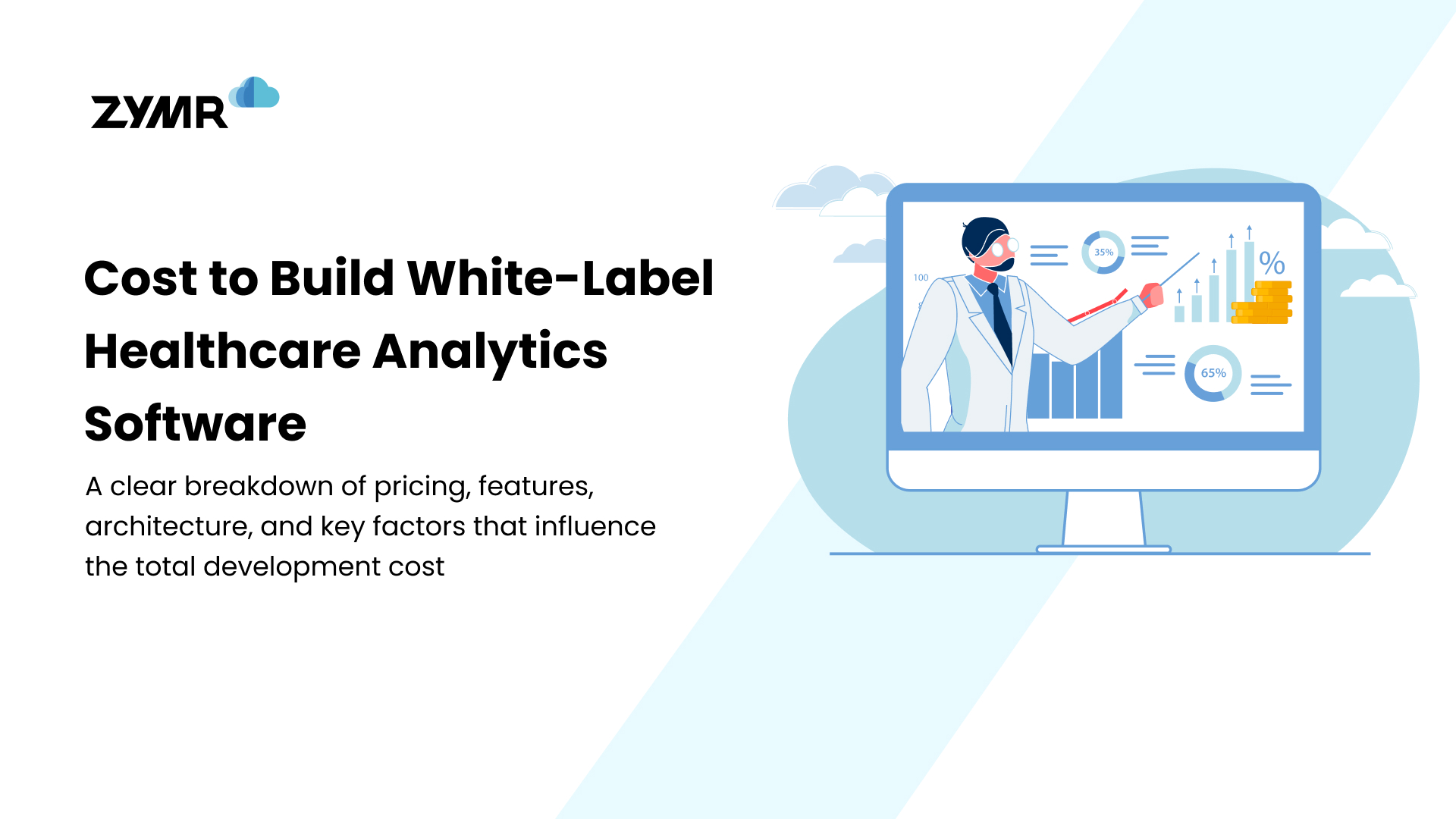Navigating Complex Machine Learning Needs with TensorFlow For Modern Software Development Services

July 23, 2024
Contemporary software development services face an increasing prevalence of complex data types, such as images, audio, video, and text, which pose unique challenges for analysis and processing. Unlike traditional tabular data, these forms of data are unstructured and can exhibit intricate relationships and patterns. For instance, images contain spatial information, textures, and object arrangements, while audio and video data have temporal components. Text data brings semantic nuances, contextual meanings, and linguistic intricacies.
The incorporation of deep learning techniques and tools like TensorFlow into contemporary software development not only enables the extraction of valuable insights from complex data but also fuels innovations. This paradigm shift from structured to complex data drives modern software services to a new level of sophistication and capability
Handling the complex machine learning needs for modern software development services demands more advanced techniques than traditional machine learning can offer. Deep learning, a subset of machine learning, has emerged as a crucial tool in this context. Deep neural networks excel at automatically learning hierarchies of features from raw data, capturing intricate patterns that would be difficult to extract using handcrafted features. TensorFlow, a leading deep learning framework, empowers developers to build and deploy models that effectively process and understand these intricate data types.
While the tool is primarily known for its applications in the field of deep learning, it has also found significant utility in modern software development services beyond just machine learning. Here are some reasons why modern software development services might need TensorFlow:
- Machine Learning and AI Integration: TensorFlow is a powerful framework for building and deploying machine learning models. Many modern software applications are integrating machine learning and AI functionalities to enhance user experiences, make predictions, automate tasks, and gain insights from data.
- Versatile Framework: TensorFlow supports a wide range of machine learning and deep learning tasks, from basic linear regression to complex neural network architectures. It's not limited to a specific type of problem, making it versatile for various software development needs.
- Performance and Optimization: TensorFlow includes optimizations for performance on various hardware, including CPUs, GPUs, and TPUs (Tensor Processing Units). This allows software developers to take advantage of hardware acceleration to speed up computations and improve efficiency.
- Pre-built Models and Tools: TensorFlow provides a repository of pre-built machine learning models and tools through TensorFlow Hub and TensorFlow Model Garden. Developers can leverage these resources to save time and effort when building new applications.
- Custom Model Development: While pre-built models are useful, many software projects require custom models tailored to specific requirements. TensorFlow's flexibility enables developers to create and train models from scratch, providing complete control over architecture and design.
- Natural Language Processing (NLP): NLP is a rapidly growing field in modern software development, with applications like chatbots, language translation, sentiment analysis, and more. TensorFlow offers tools and models specifically designed for NLP tasks.
- Computer Vision: TensorFlow supports computer vision tasks such as image classification, object detection, and image segmentation. This is essential for software applications that involve analyzing and understanding visual data.
- Data Pipelines: TensorFlow includes tools like TensorFlow Data and TensorFlow Transform for building efficient data pipelines. These tools are crucial for preparing, preprocessing, and managing data before feeding it into machine learning models.
- Distributed Computing: TensorFlow supports distributed computing, allowing developers to train and deploy models across multiple machines and devices. This is especially important for large-scale applications that require handling substantial amounts of data.
- Deployment Options: TensorFlow provides various deployment options, including TensorFlow Serving, TensorFlow Lite, and TensorFlow.js, enabling developers to deploy models in different environments, such as cloud services, edge devices, and browsers.
- Community and Resources: TensorFlow has a large and active community, which means ample resources, tutorials, documentation, and community-contributed code. This support network can be valuable for software developers seeking help and learning opportunities.
- Interoperability: TensorFlow can be used in conjunction with other libraries and frameworks. For instance, it's possible to combine TensorFlow with libraries like scikit-learn, Keras, and OpenCV to leverage their respective strengths.
Conclusion
As software services transition from the simplicity of structured data to the complexities of the unstructured, TensorFlow emerges as an enabler, bridging the gap with its adaptability and versatility. The integration of machine learning and AI functionalities, performance optimization, and the provision of robust tools make TensorFlow indispensable. Its prowess in handling diverse data types, coupled with its role in democratizing AI, paves the way for a new era of software sophistication and capability.
FAQs
>
>
>
>
>
Have a specific concern bothering you?
Try our complimentary 2-week POV engagement
Our Latest Blogs

November 26, 2025
Healthcare Asset Management Software: Features, Benefits & Use Cases (2025 Guide)







.svg)
.svg)
.svg)
.svg)
.svg)
.svg)
